Ciro-Flex sample pictures
A couple of weeks ago I bought a Ciro-Flex medium format twin lens reflex camera which needed a little bit of work to get it cleaned up and working. Once I’d done that, I loaded it up with a roll of Fuji Pro 160 colour negative film and took a walk round Fairlands Valley Park in Stevenage to try the camera out.
Ciro-Flex sample pictures
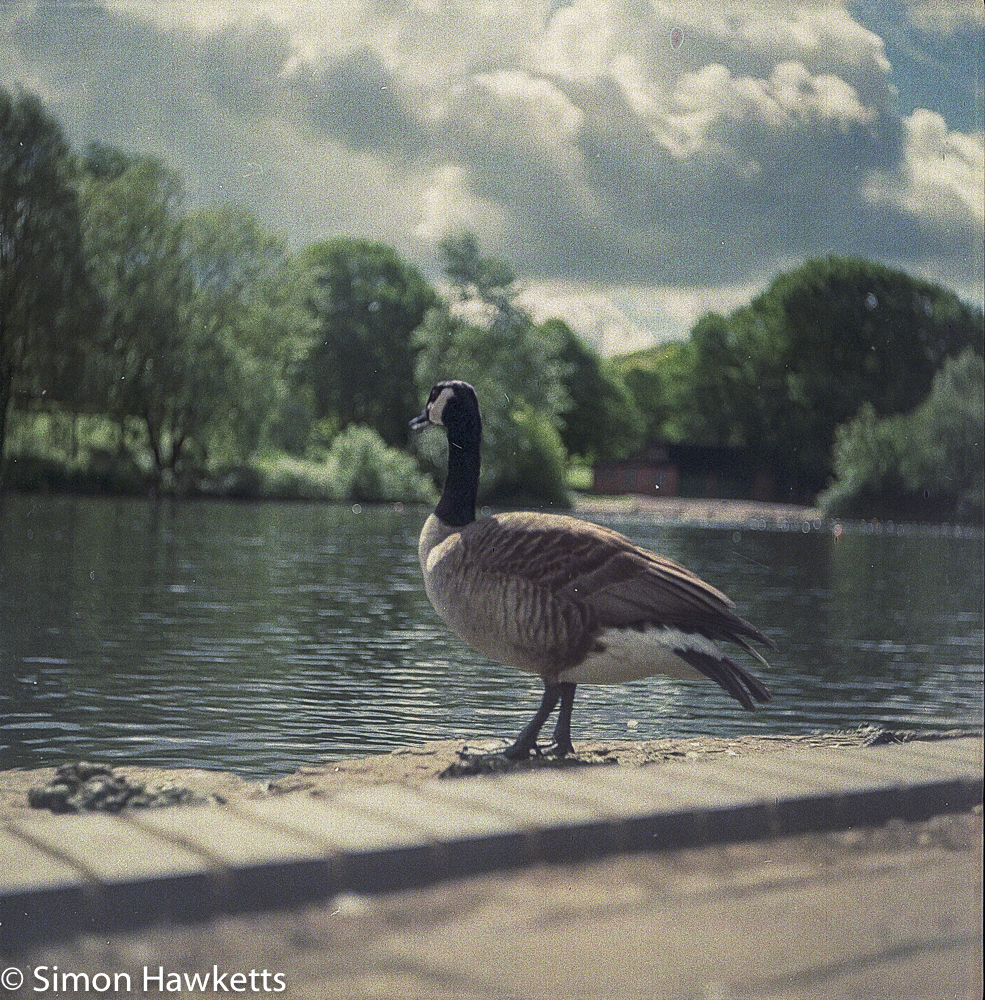
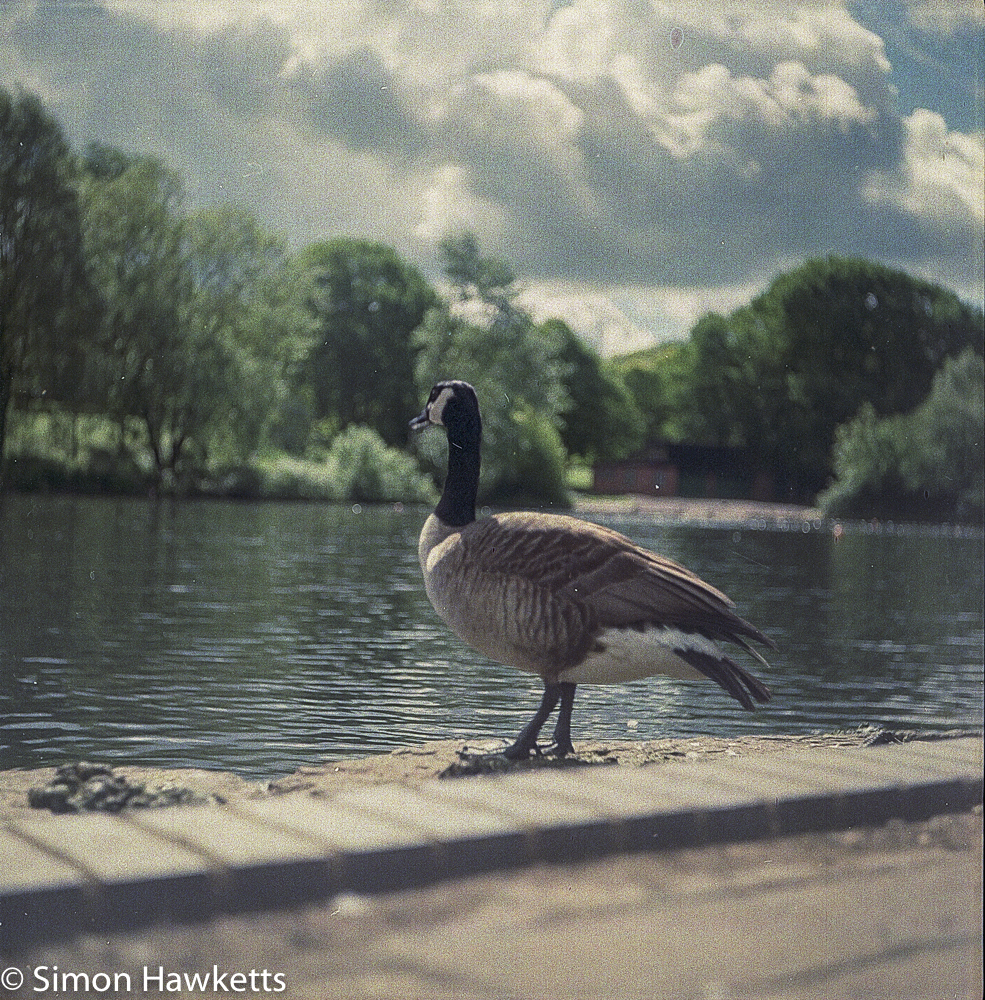
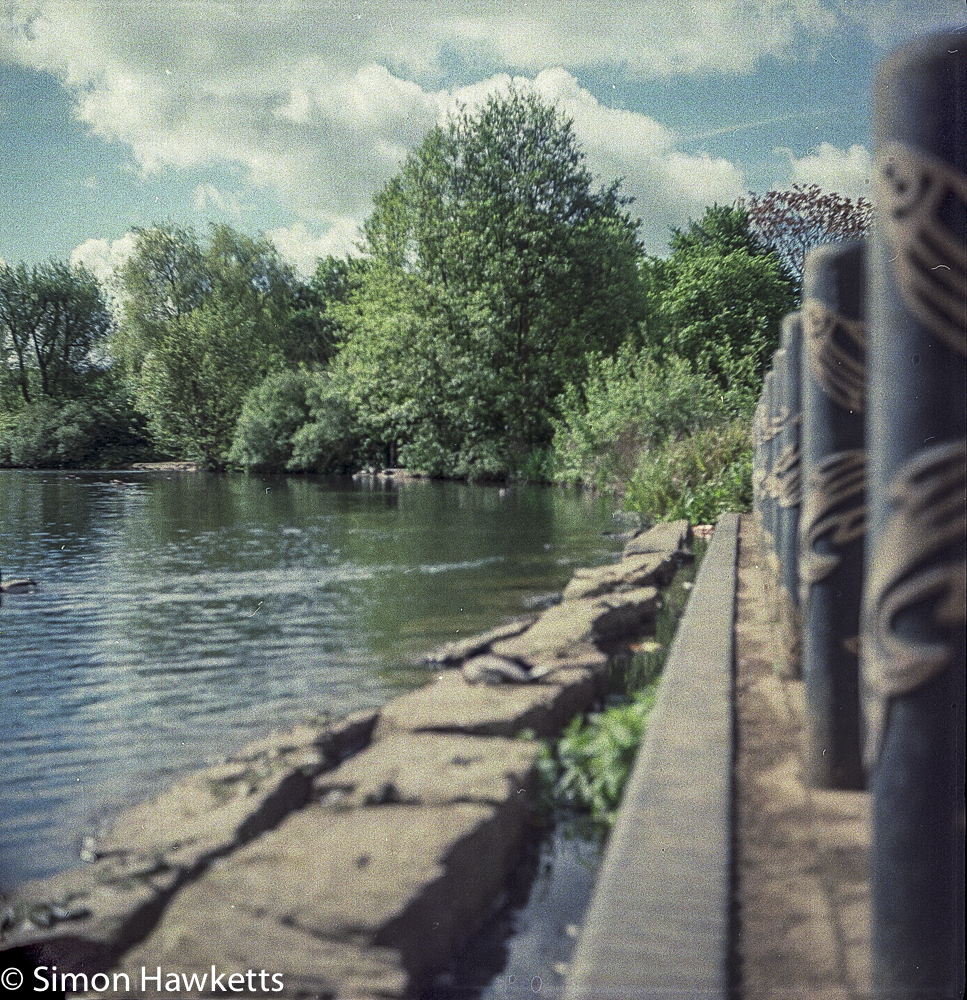
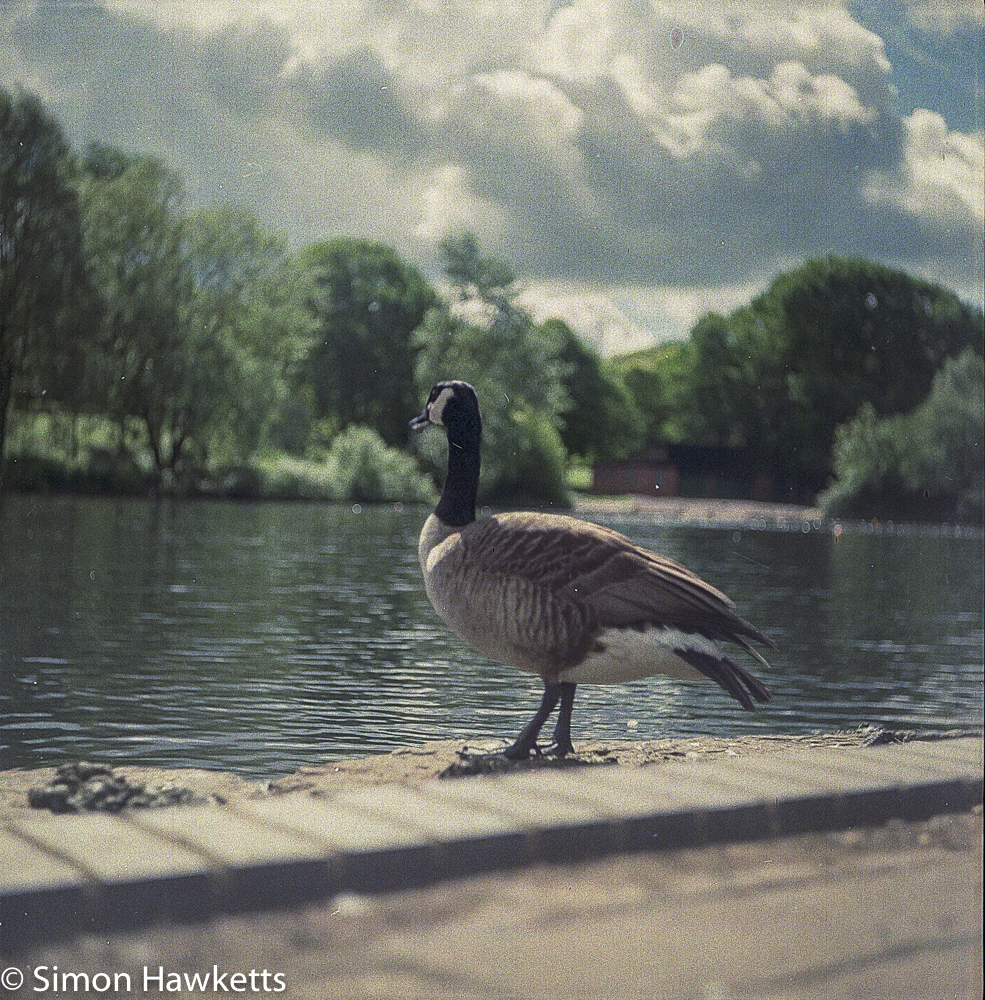
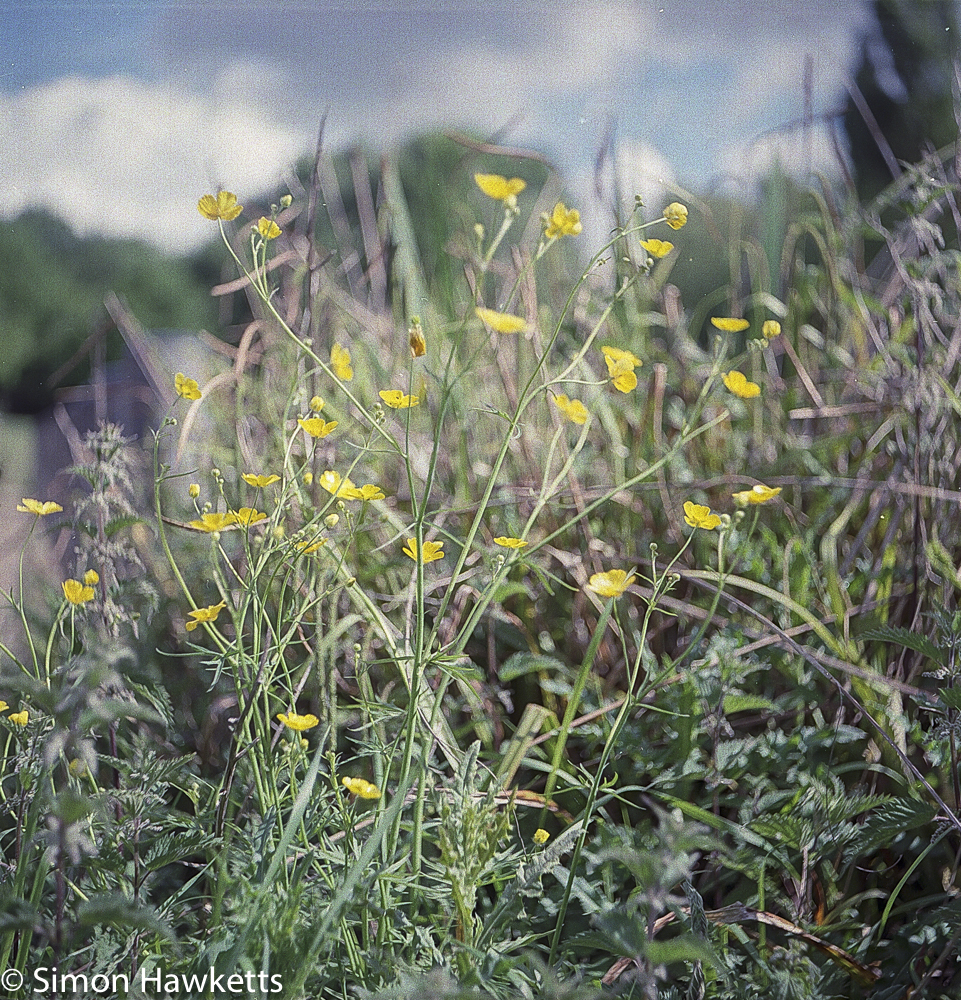
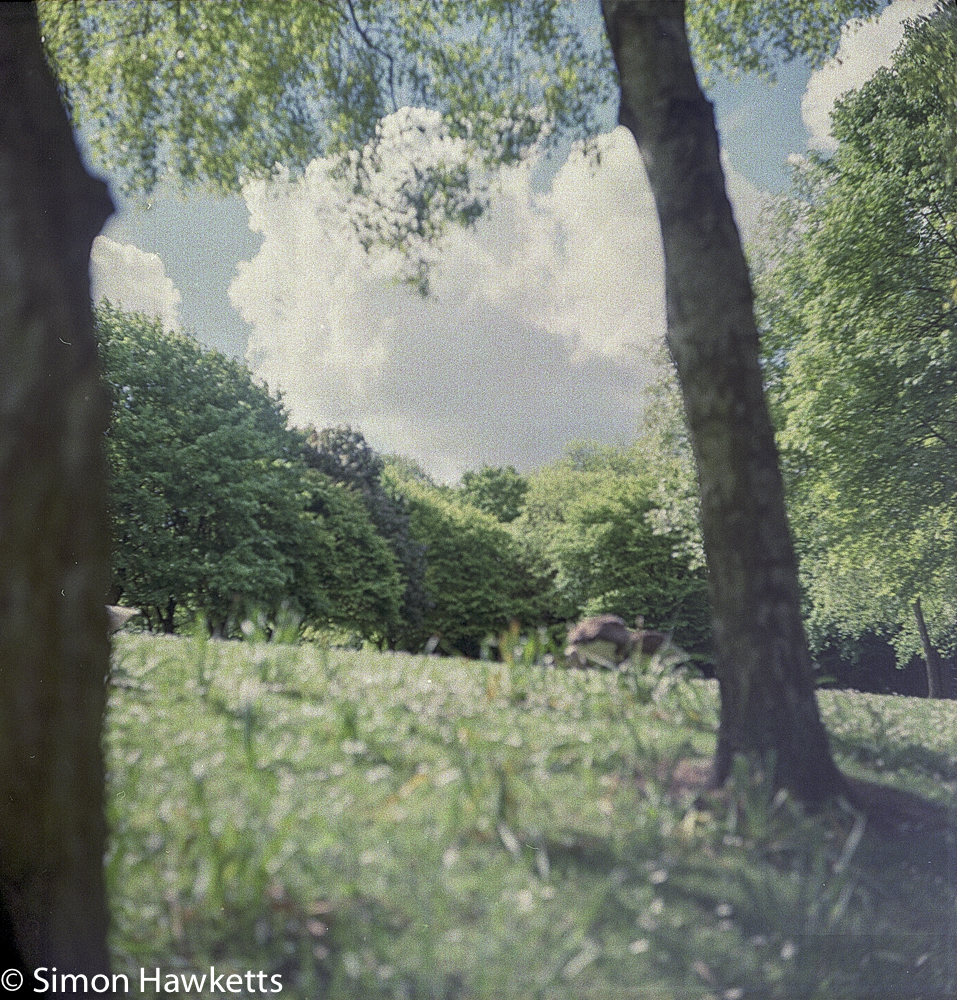

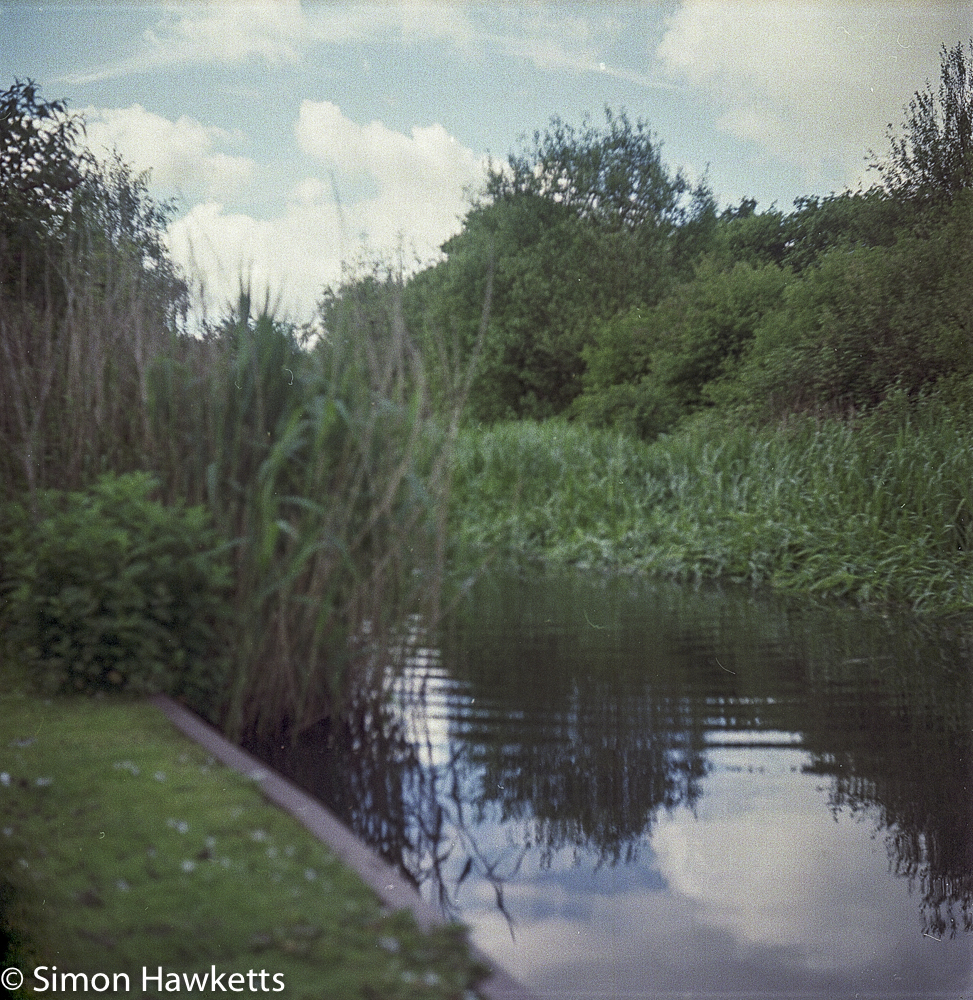
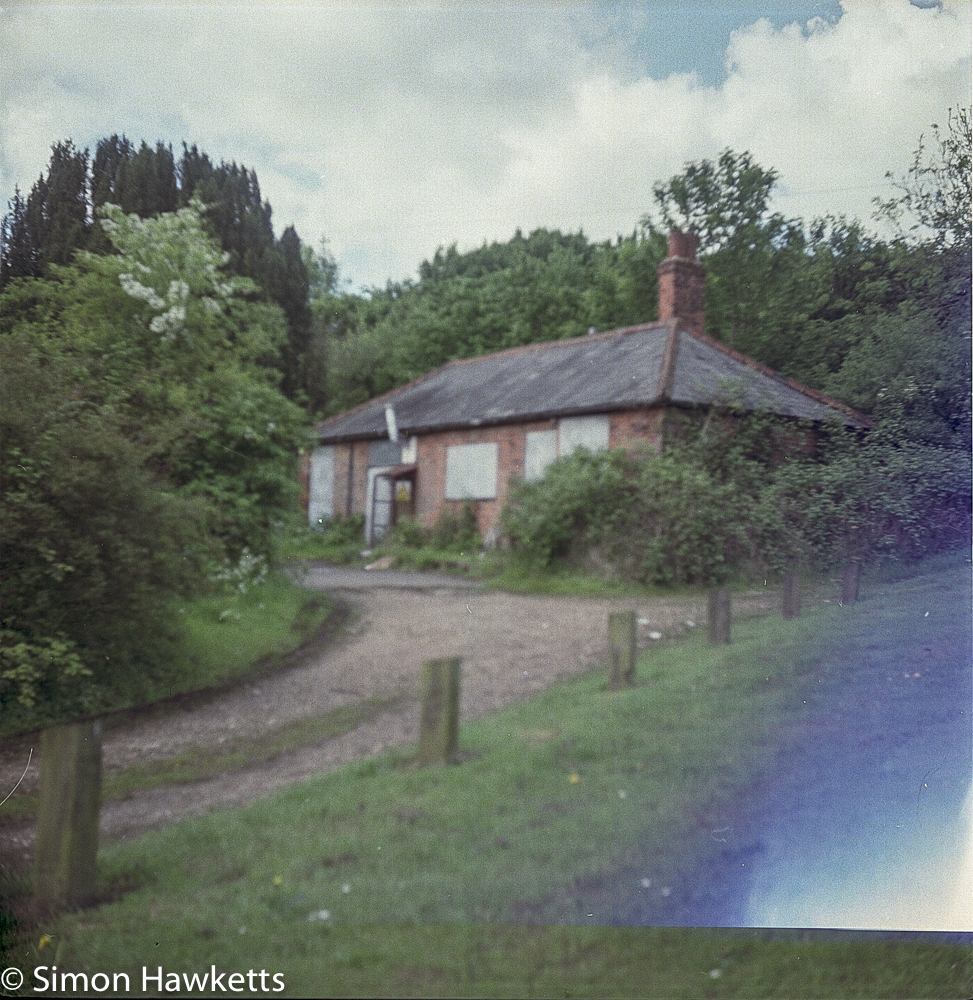
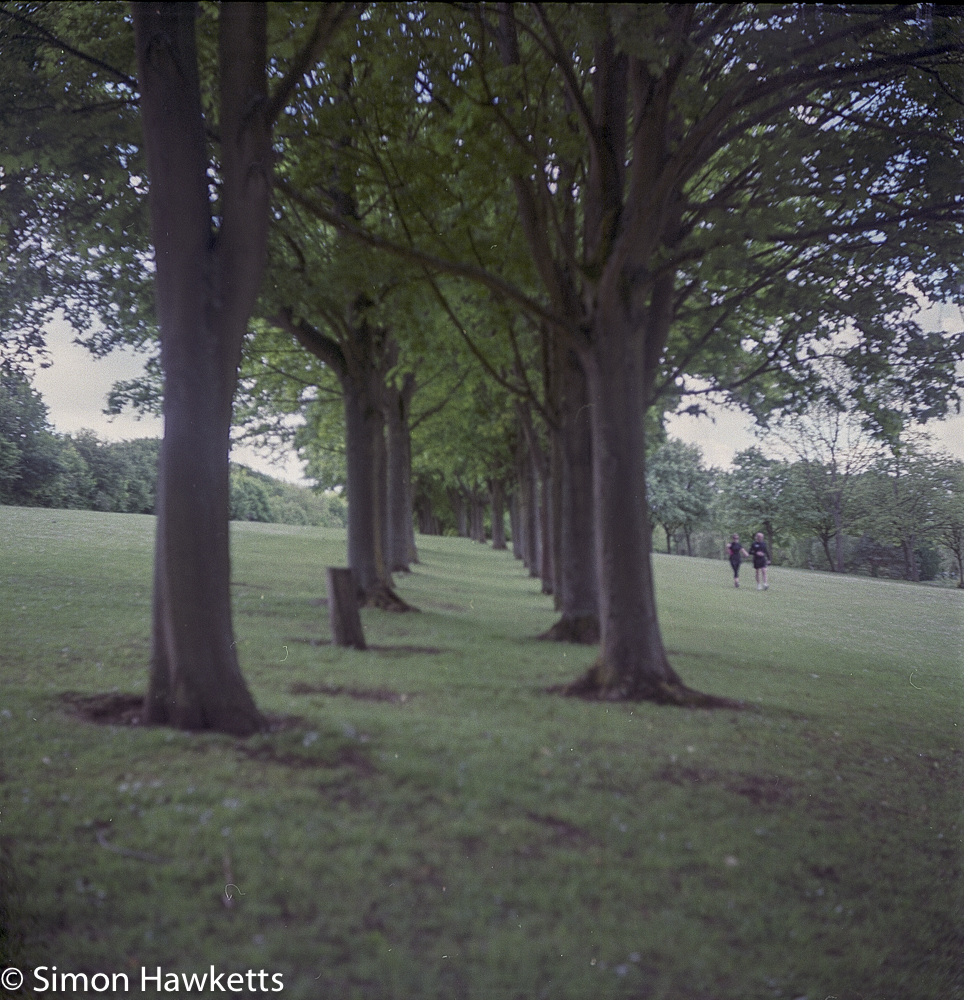
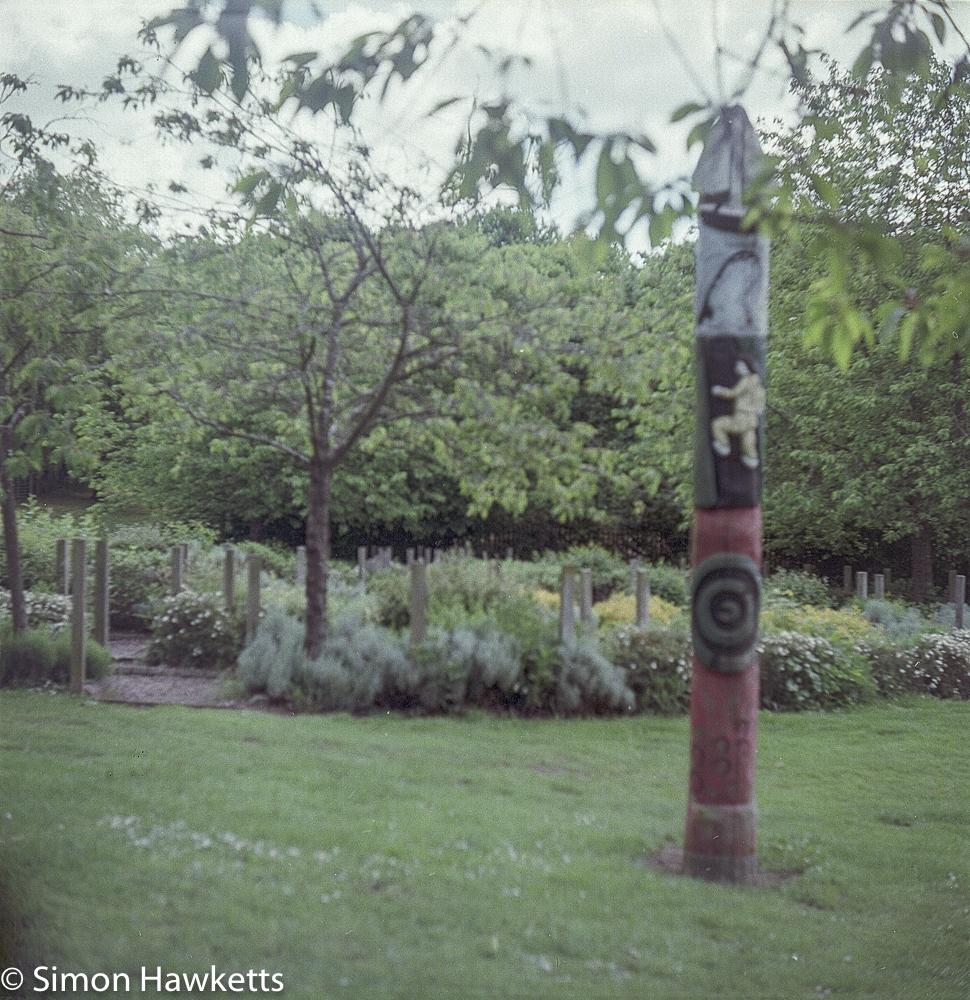
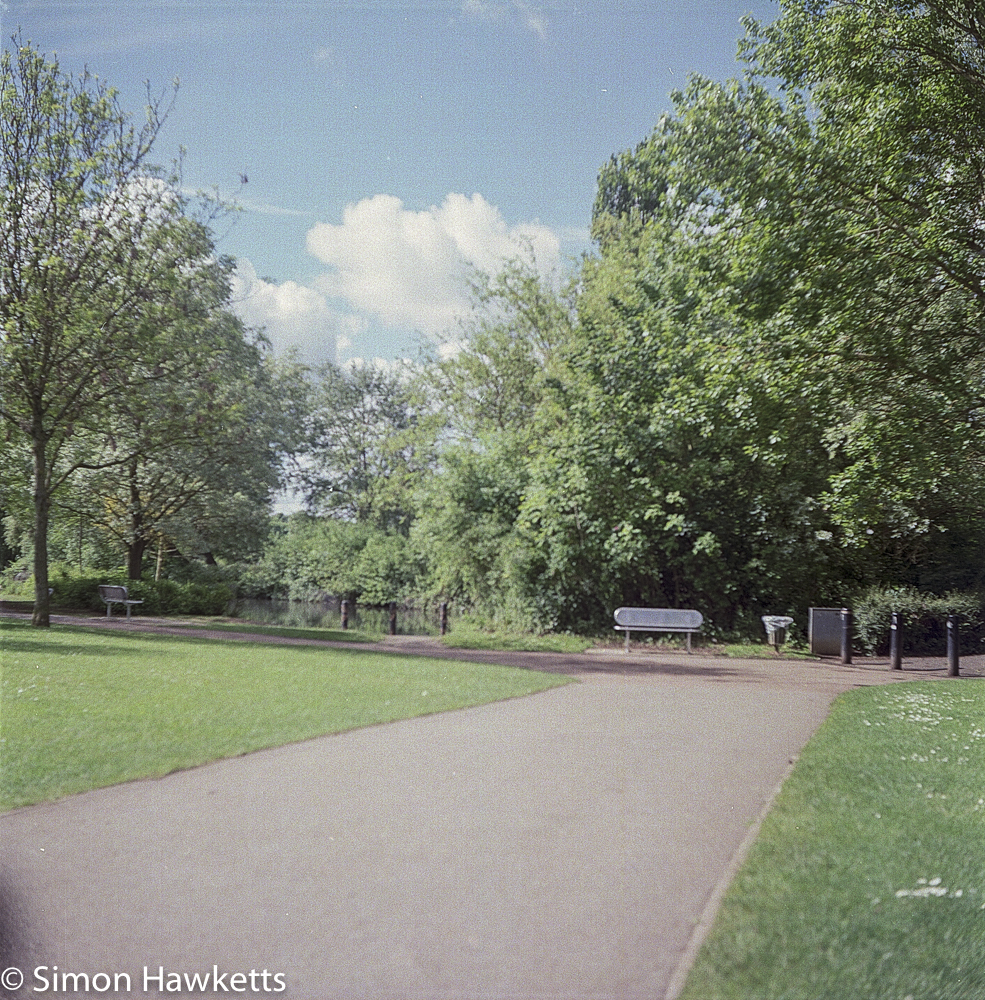
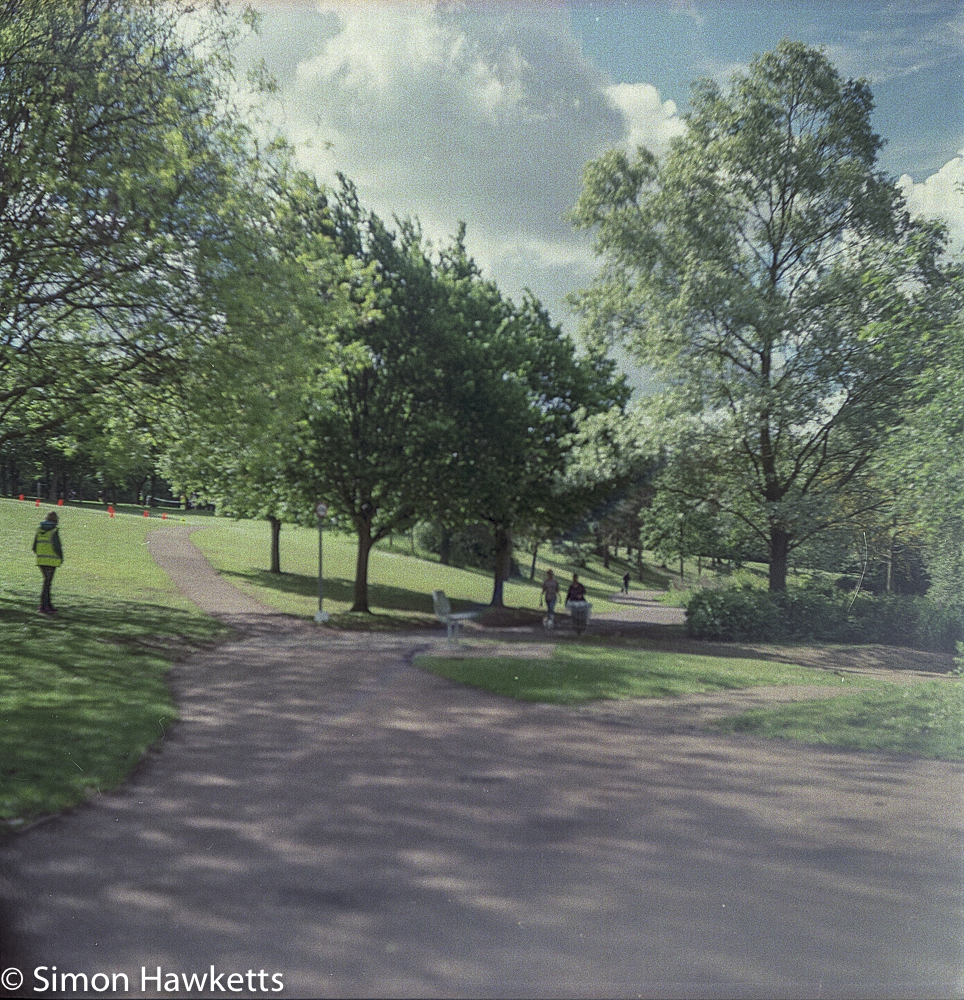
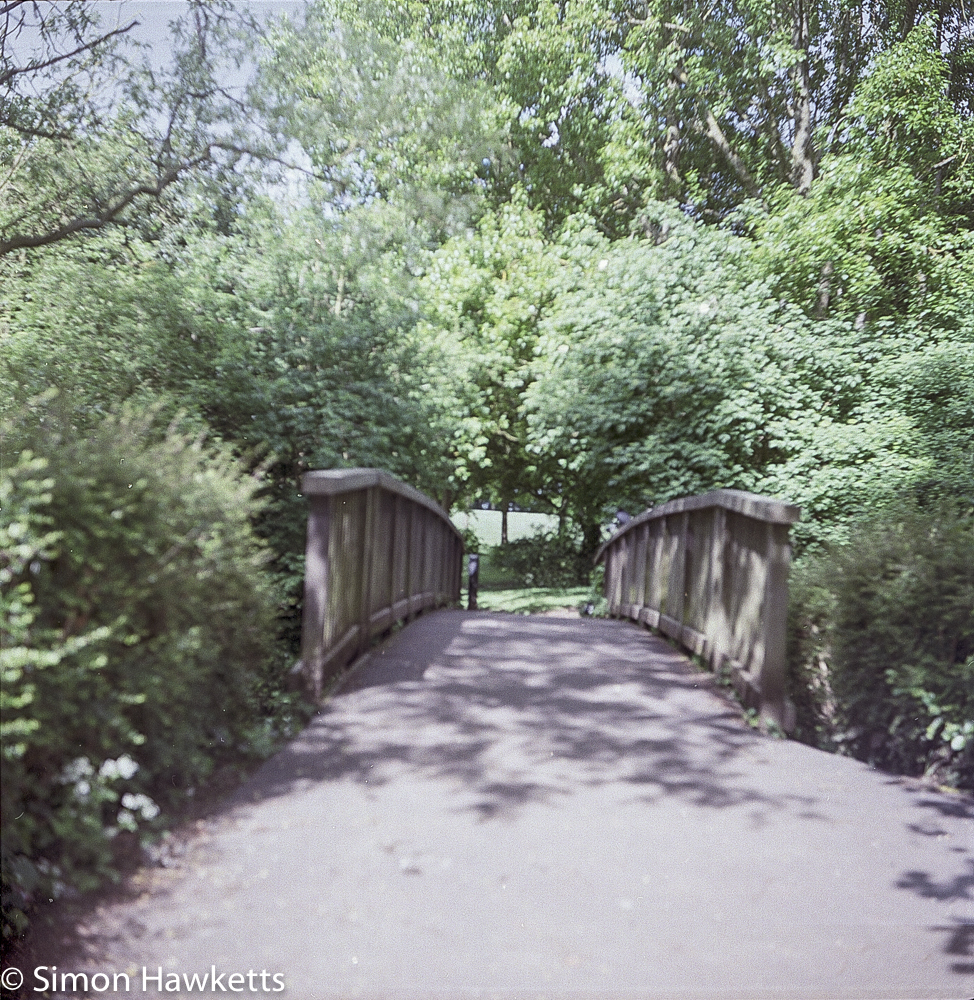
Ciro-Flex Shooting Experience
The Ciro-Flex is a TLR camera, which means it has a viewfinder built into the top of the camera with a shield to shade it and a pop-up magnifier. Even so, I found as I was walking around with the camera that it tended to suffer from the same problem that I have with modern digital cameras with an LCD – the screen is not bright enough or shaded enough to actually see properly. This was not so much of a problem initially, as the day started out quite cloudy, but after about 20 minutes the sun was out and I had real problems.
The film fitted to the camera, as I said earlier, was Fuji Pro 160 which is a relatively slow film and therefore the pictures were mostly taken at both a slowish shutter speed and with the aperture open quite wide. Just for the record, I used a light meter app on my phone to set the exposure, with most of the earlier pictures being taken at about 1/100th at f/3.5 to f/5.6. As the sun came out, I found I could increase the shutter speed to 1/200th and the aperture went as high as f/8 for some pictures.
Fortunately, a twin lens camera is reasonably easy to hold at lowish shutter speeds without camera shake because you can pull the camera into your body and keep it quite stable.
Processing
Once the film was fully exposed, I had it processed by AG Photolabs in Birmingham, who did a great job, getting the film developed and returned in only two days. I didn’t bother with the scanning service, and the total cost was just under £6.
When I received the negatives, I scanned them on an Epson V550 Perfection scanner with SilverFast and imported them into Lightroom as TIFF files. In Lightroom, I did a bit of cropping to remove the edge of the negative and some minor tweaks to the exposure etc. I then exported them as JPEG files.
Results
The results obtained are shown in the gallery above, and overall I’m a bit disappointed. I wonder if there is a slight adjustment needed to the focus of the camera because most of the pictures seem to be soft, especially the early pictures which were taken at f/3.5.
There also seems to be a bit more softness on the left-hand side than the right, so there may be an issue with the film not being held completely flat, or the front lens plate may not be parallel to the film plane.
Interestingly, the pictures where I actually focused the camera on an object closer to the lens, like the wild flowers and the goose, were sharper than the pictures focused on infinity, so it’s possible the camera is focusing slightly wrong at infinity but more accurately at close distances.
Still, other than the focusing, and one small light leak (which was probably caused by the backing paper on the film being loose rather than in the camera) the colours are quite nice, so it’s not all bad!
Discover more from Everything Vintage
Subscribe to get the latest posts sent to your email.


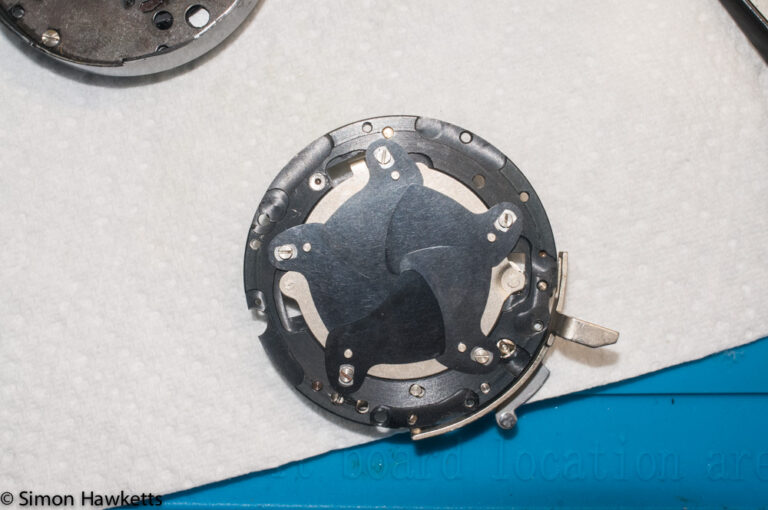
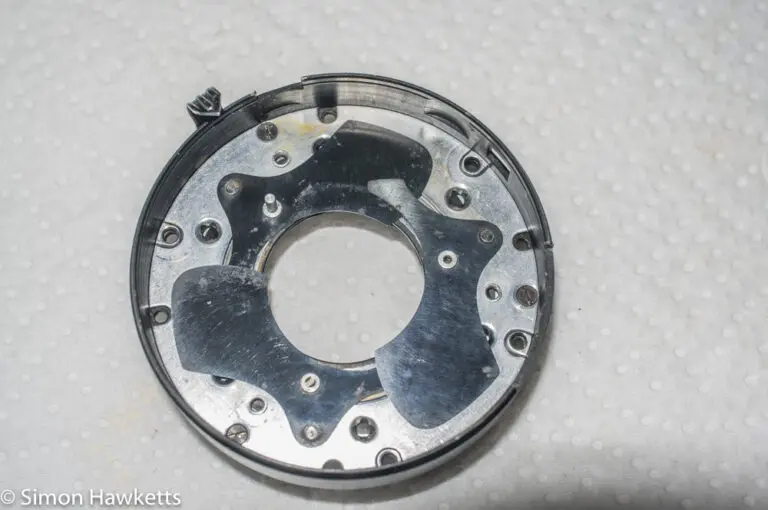
I thought you did a great job with the camera and explained everything so precise. I just read you purchased a ciroflex and it needs some work. Thanks for the info you posted.
Sol